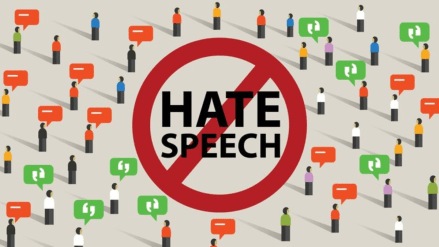A new report reveals a startling paradox in the digital advertising world: while overall brand risk from ad placements dropped to a record low of 1.5% globally in 2024, down 10.6% from the previous year, the actual volume of offensive language and controversial content surged by a massive 72% year-over-year. Hate speech specifically accounted for a significant 9.8% of all brand-risky content worldwide in the first half of 2024.
This seemingly contradictory trend, highlighted in the 20th Edition of the Media Quality Report by IAS, suggests that while advanced brand safety technologies are becoming more effective at shielding digital campaigns from a broad range of harmful content, the nature of online risk is dramatically shifting. The types of risky content that do appear are increasingly dominated by offensive language, controversial topics, and hate speech, which have collectively risen to their highest global rates since 2020.
This shift poses a significant challenge for advertisers, as consumer tolerance for misplaced ads is low. The report underscores that 68% of consumers believe it’s inappropriate for brands to advertise alongside hate speech or aggressive content. More critically for businesses, 51% stated they would stop using a brand if its advertisements appeared next to such inappropriate material, potentially impacting brand reputation and revenue.
In the United States, the rise in offensive content was particularly stark, climbing 28% from 2023 to 2024 to hit a three-year high, representing 5.5% of risky content. While hate speech in the U.S. saw a temporary dip in early 2024, it rebounded by 18% in the second half of the year, ultimately accounting for 5.8% of brand-risky content. The report attributes this alarming uptick to increased political polarisation surrounding the U.S. election and the growing influence of AI-generated content, which can rapidly amplify divisive narratives.
Across the Atlantic, Europe, the Middle East, and Africa (EMEA) recorded the highest share of brand risk attributed to hate speech of any region, at 9.3% for 2024. Ireland (15.8%) and the United Kingdom (15.7%) reported the highest national rates of hate speech. However, there was a notable positive development in EMEA: after hate speech peaked at 10% in the first half of 2024, it fell by two percentage points in the latter half of the year. This decline followed the implementation of stricter regulations by the European Parliament aimed at curbing digital hate speech.
